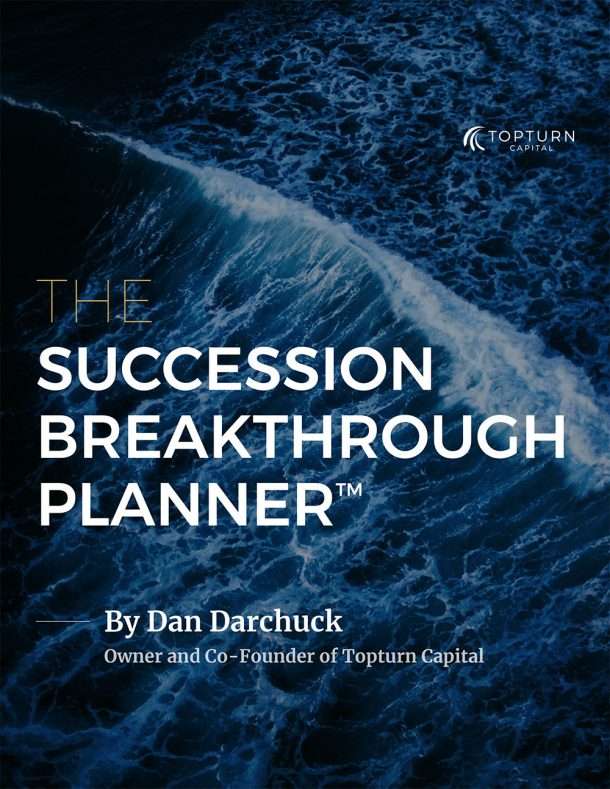As I sat with a client recently, we discussed the knee-jerk reactions that occurred in the wake of the presidential election. First, the world markets were down heavily overnight, but on the following day, once the US trading session was done, the markets closed on an upward swing and proceeded to rally. For about 5 weeks after the election, a stock portfolio would have done quite well, and then meandered around from there. Bonds, on the other hand, were slammed.
Both results were due to emotional, automatic responses to possibility. They weren’t reactions to new or active change. They were reactions to expectations.
We’ve seen markets react negatively to social media – not actual news or financial reports, but commentary that may or may not be founded on fact. We’ve seen the stock prices of large companies like Boeing or Ford targeted by tweets and the resulting downward turn in their price and yet… after time has passed and the short attention span of social media pundits transfers to another company, we find that the initial response didn’t end up being the right one.
You can’t base an investment strategy on rhetoric, emotion, and expectations.
Knee-jerk reactions happen to all of us – in the words of English rock band Level 42, “we’re only human after all’. What can set you apart is whether you choose to follow that initial response and turn it into action.
For instance, if you have properly constructed a diversified portfolio, at any given time you’re going to have both winners and losers. You’re not going to have all winners – that’s not how a diversified portfolio works. If you are trying to control volatility and establish a steady rate of return that will help you meet your financial goals, then you’re going to see some investment vehicles riding high while others ride low.
When you review your statement, though, what is the first thing that you consider? Like most people, you will likely question whether or not it makes sense to keep the loser. Should you sell it now? Should you move the funds somewhere else, perhaps to this winner you happen to be holding, the one that has been trending upwards since your last review?
Some of your investments are going to be up while others are down, and then they are going to change places. Most investors have had an experience of selling something that was dogging their portfolio, only to kick themselves a year later when they watched it soar.
As we move forward into 2017, will the reality be anything close to the reaction?
Uncertainty is everywhere right now. For long-term investors, uncertainty can actually be a positive signal. If there is more pessimism than optimism, then this could set the stage for a potential upswing. Taking a contrarian perspective, and moving against the crowd, lends itself to opportunity.
While this is obvious in theory, it can be very difficult to put into practice.
The easy trade, the trade that people want to jump on, is the one that just went up 15%. The hardest trade – the one that pays off – is the counterintuitive one. It can be incredibly hard to sell after that 15% leap, and buy an investment that has taken a beating. The harder it is to buy something, the greater the likelihood that it will end up being the right choice.
What if you decided to invest in the S&P500’s top 10 highest market cap stocks, and hold them indefinitely? How would they perform, versus the index overall?
The results of this strategy are not what most people would expect. The reality is that the highest market cap stocks, the ones that have been driven into the stratosphere, got there by becoming everyone’s favorite stock at some point. Universally loved. If you happen to invest into it at that point, who is available to drive the price continually higher?
Over the long term, your real return since 1972 would have been 548%. If, on the other hand, you had invested in the entire index over that same period, the return would have been 7991%.
Going along for the ride, picking the famous names, the ones everyone is investing in, is often the wrong choice.
You have to watch out for the emotions that occur at the extremes. Whether markets are moving upwards, or falling back, or if sentiment is uncertain, fearful, or even incredibly positive, you need to stop and ask yourself if the actions you are contemplating are being driven by the correct sets of data.
What is the value situation? What is the fundamental view? What is the technical view?
It’s more difficult to put into practice than most people realize. Think gold about five years ago, they were pushing for 2000 and now it’s dropped all the way to 1000. There were people buying gold hand over fist… convinced that it would continue to climb. Now they’re saying they bought it for insurance.
– Greg Stewart, CIO

